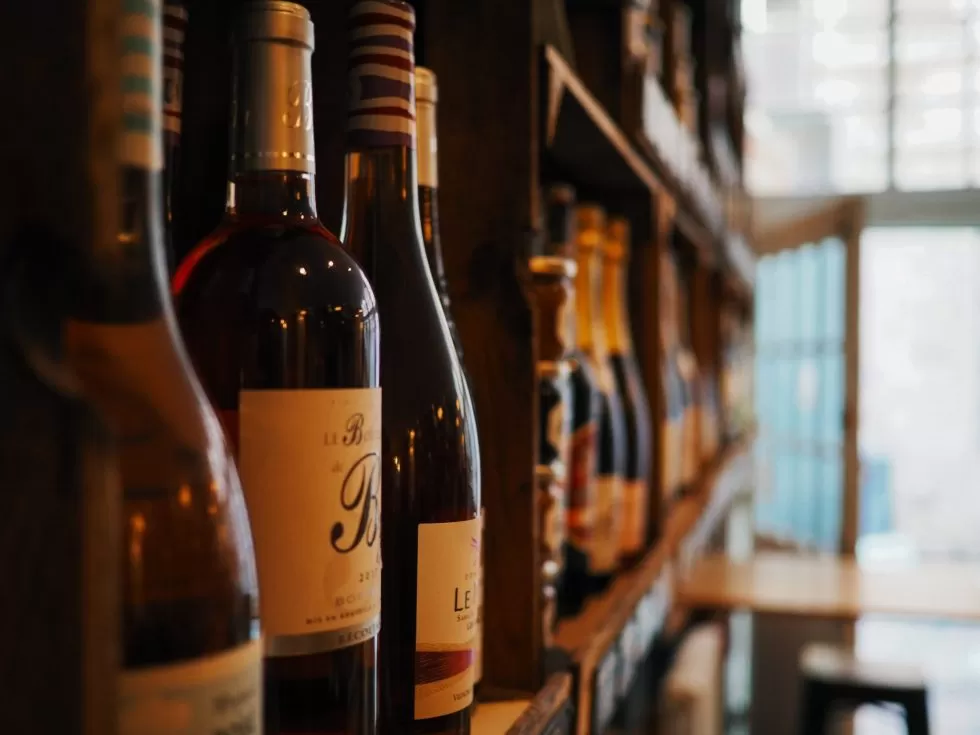“The number one thing vintners need to do in 2021 to grow their ecommerce sales is utilise personalisation,” says Zach Kamphuis, General Manager of Commerce7. “Change the engagement with the consumer, based on what you know about them”.
This is not a new concept. But it is an evolving one, and Kamphuis says that while only about 15% of people take advantage of their personalisation tools, they are among the top performers.
The data collected from consumer behaviour on the website, past purchases, and club membership tell you when they last purchased, visited, where they live, and what their lifetime value is; all of which can be used to personalise offers for them, or better still, select exactly the right products to show them.
Clubs today are based around member benefits, but they are very localised. If a customer joins a wine club in California, but lives in New York, then sometimes those benefits are not very applicable. Making member benefits and club options more flexible and convenient is what will cause a new client to join the club. Using software to allow users to personalise their club, with things like which products, the quantity, the package frequency, shipment date, and delivery date all can have a huge impact on not only sales, but on customer retention as well.
From roughly 420 vintner clients aggregated data, it was noted that on average 28% of club members will change the wine club package if given the option. This in turn will drive more revenue and also drive higher member retention. The data shows that allowing a club member to change the club shipment will increase the order value by 20% on average. Additionally, the attrition rate for members who edit the package drops.
On average 17.4% of wine club members leave in the first year. Of those who edited their club shipments, that number dropped to 12.3%. A significant reduction in attrition, especially in times of in-person tasting being closed down making it harder to replenishment club members. It was noted that If you give a greater [online] shopping experience, they’ll purchase again. Of those vintners using wine club personalisation features 74% are offering user choice (personalisation) of clubs.
Wine ecommerce data is increasingly important
A potential issue of allowing customers to be able to personalise clubs would be the impact on inventory and the issues that it could create, especially for smaller vintners. The suggestion being that if you are a bigger vintner with 30,000 club members, or a small one, you should be able to use your ecommerce platform to assess what inventory you will need, and act on that.
If you have a winery with 30,000 wine club members, you can let people personalise so it’s [club shipments] not going out all at once. Fulfillment is actually easier that way. For a smaller vintner, one can look at it like an ecommerce source, instead of a traditional-style once-per quarter wine club run.
The argument we are trying to make is that we’ve got to do what’s in the consumer’s interest. Otherwise, someone else will. For consumers shopping online, you need to customise and hyper-personalise the content they see on your site based on their unique relationship with your brand, and immediate relevance to specific bottles by specific individual customers. The quality of your wine ecommerce data will beome pivotal to your success.
With the advent of AI and machine learning, comes hyper-personalisation software which can be intimidating for wineries. Revealing that marketing ROI in excess of 1500% is now commonplace, merely by introduction to your campaign. But beware there is significant distinction between vendors. This is a wholly autonomous capability, meaning you can now deliver emails to each consumer, about the wines they know and love, and more importantly wish to purchase at specific moments in time, without needing human involvement whatsoever. Autonomous solutions are becoming standard operating proceedure.





